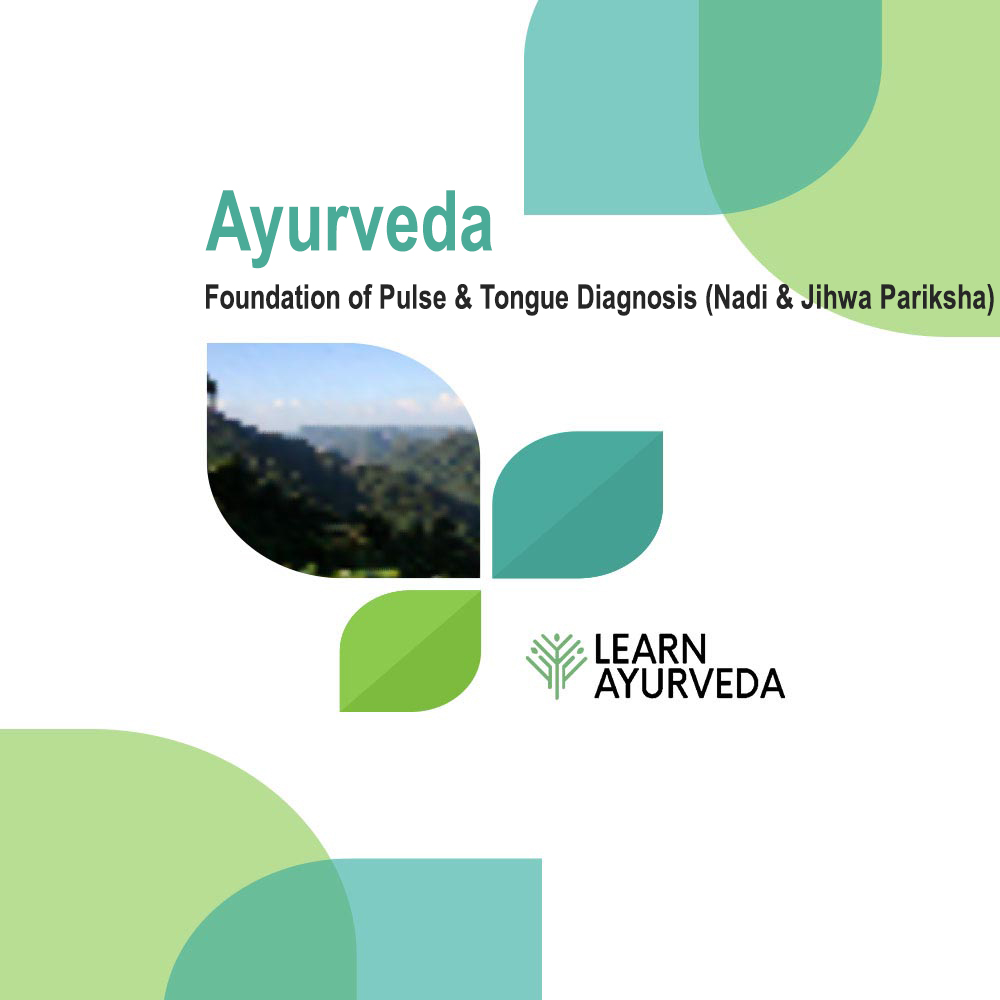Description
The pulse varies every minute in variation to the time of the day, activity, state of mind, digestion, etc. Pulse also varies from person to person with age, sex, constitution, season, etc. Pitta constitution children will have the typical pulse of Pitta characteristic only when examined in midday, autumn or when they are angry. The character of pulse will vary according to the dominant Dosha of that particular factor when it varies. Ayurveda literature has compared the state of pulse to the movement and sound of different birds and animals. Tongue diagnosis is done by observing the shape, thickness, colour, marking and texture of the tongue. The Tongue in particular and the mouth in general are valuable indicators of systemic illness as well as local pathology. Tongue diagnosis is more objective and much simpler than pulse diagnosis. Pulse and Tongue examination offer the important clues for the diagnosis of various diseases and also predominant Doshas i.e. Vata, Pitta and Kapha responsible for them. This course material will explain the Ayurvedic method of pulse & diagnosis and their importance. One must continuously practice palpation of pulse under the guidance of a good teacher to master the art of pulse & tongue diagnosis.
There are 4 Units in this course.
Unit 1 – Basic principles & Philosophy of Ayurveda
Unit 2 – Introduction to Pulse Diagnosis
Unit 3 – Method of Examination of Pulse
Unit 4 – Tongue Diagnosis






